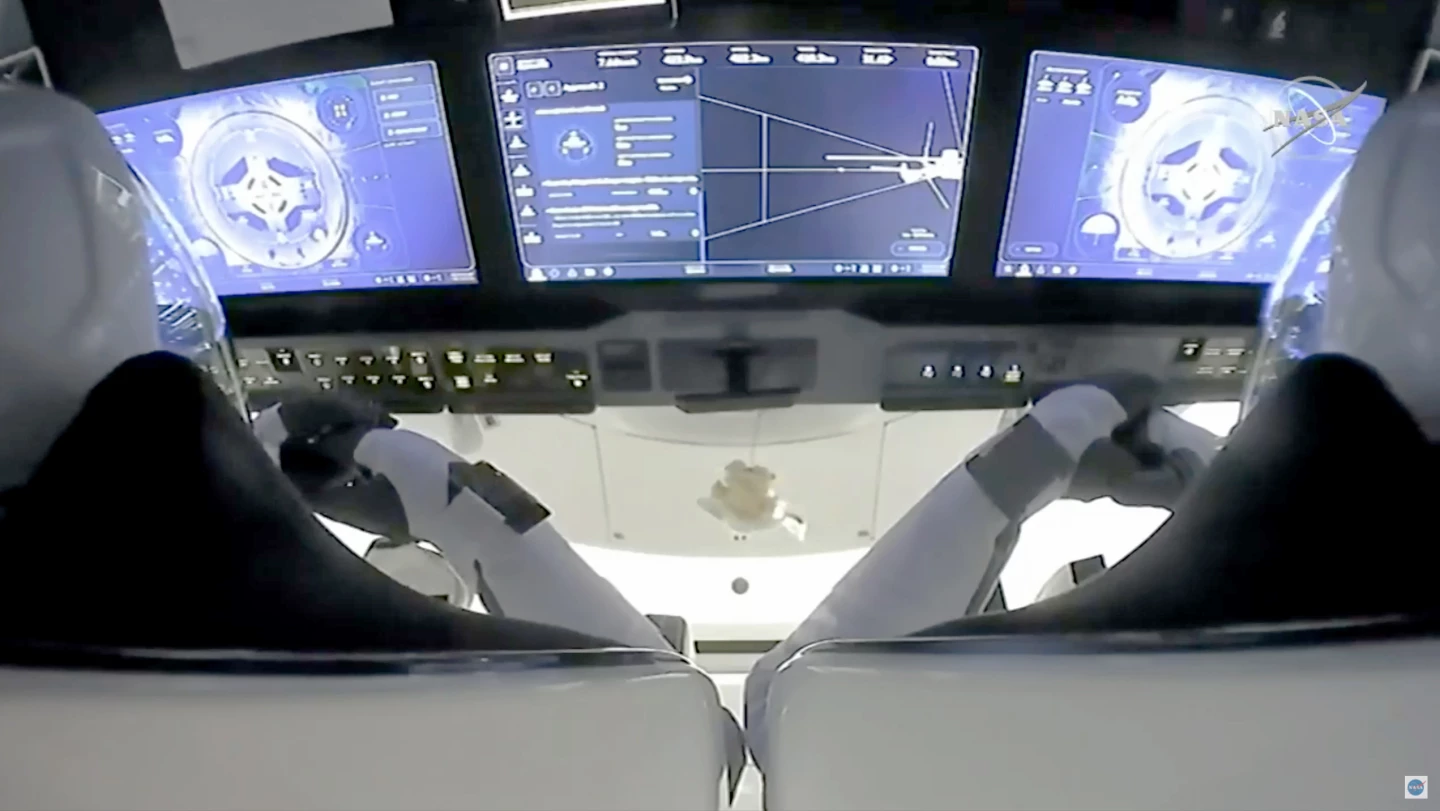Following the historic Crew-1 launch, which saw four astronauts lifted into space from US soil on the first ever crewed operational flight of a commercial spacecraft, SpaceX’s Crew Dragon has now safely docked with the International Space Station.
When this Crew Dragon spacecraft, dubbed Resilience, lifted off from NASA’s Kennedy Space Center on Sunday, it marked the start of a new era in space exploration for the agency. Since the Space Shuttle was retired in 2011, NASA has been wholly reliant on Russian-built spacecraft to get its astronauts to the ISS, but the development of the Crew Dragon under its Commercial Crew program has now brought such operations back to home soil.

The autonomous docking with the station’s Harmony module took place at 11:01 pm ET time on Monday, following a successful soft capture and a hard capture confirmed soon after. With NASA astronauts Michael Hopkins, Victor Glover and Shannon Walker, along with Japan Aerospace Exploration Agency (JAXA) astronaut Soichi Noguchi, climbing aboard, it will be the first time the ISS’s long-duration crew size will include seven rather than six members.
"All for one, Crew-1 for all." - @Astro_Soichi, from the @SpaceX Crew Dragon after docking to the @Space_Station. "Welcome to the ISS. We can't wait to have you on board." - Kate Rubins of @NASA_Astronauts. pic.twitter.com/tZJNtZZ92Y
— NASA (@NASA) November 17, 2020
The members of the Crew-1 launch will remain aboard for a six-month science mission, which is the first of at least six operational missions to be facilitated by SpaceX’s Crew Dragon spacecraft and Falcon 9 rocket. This is actually the second time the spacecraft has successfully docked with the ISS, following the successful Demo-2 mission earlier this year that made history as the first commercial mission to carry astronauts into orbit but which was considered a test flight.
Crew Dragon has also delivered more than 500 lb (226 kg) of cargo, including hardware and science experiments. It is scheduled to return with the astronauts in tow in the springtime (Northern Hemisphere) of 2021.
Source: NASA





